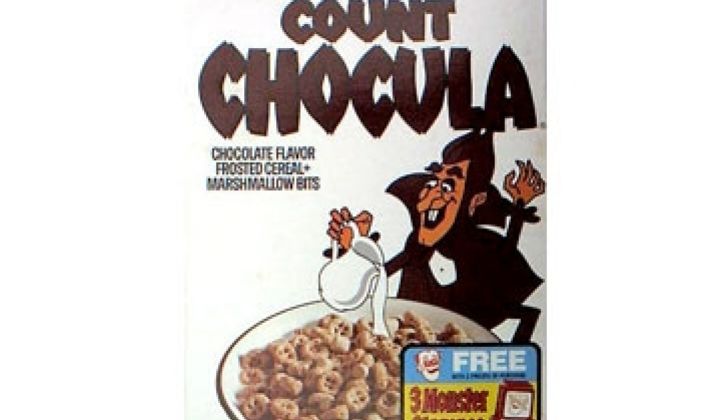San Francisco--On average, only around two percent of searches on Amazon result in a sale, according to Dave Mandelbrot, chief business officer at GoodGuide.
On the other hand, the leads generated by green shopping aggregator GoodGuide result in a ten percent closure rate on Amazon sales, Mandelbrot reported during a panel discussion at the Sustainable Capital Forum sponsored by investment bank Wood Warren in San Francisco.
This data point, although not conclusive, is clearly good news for those start-ups that want to market green products. Yes, it appears that some consumers will pay a premium, but only a slight one, for green or sustainably produced products. Yes, the green message only resonates with a segment of consumers. But a five-fold bump in closure rates is a product marketing manager's dream. If this contention holds up under scrutiny, you could see much more of this type of activity in the future.
Besides, it's somewhat fun. GoodGuide takes public data about products, runs it through its algorithms and comes out with ratings on health, environmental impact, and "society," i.e., was the product made in a socially beneficial, non-exploitative manner. Sometimes, the data is available and sometimes only a partial answer can be produced. For example, Oroweat Whole Wheat Muffin Bread gets an 8.8 on environment, but health and social data were not available.
Count Chocula with Spooky Fun Marshmallows merits a mediocre 5.9 composite score. Lemon Pledge Wipes get a 4.2 composite score, but I stopped licking those ages ago, I assure you. The site also lets you compare products. Hence, Pirate Booty Country Barbecue Soy Crisps get a 10 in health compared to other processed snack foods.
Although geared for consumers, GoodGuide will likely begin to move into ratings for commercial businesses soon, as well. Contractors, for instance, may be able to check out the overall green-ness of things like certain brands of LED bulbs.
One of the more interesting applications the company has right now is a smart-phone app. You take your cell phone, scan the bar code on the product, and the smart phone will call up the GoodGuide rating and information about the product. Think of it as a poor man's version of the Star Trek scanner. You aren't actually examining the molecules of the object in front of you, but you're getting data on it, in real time, from the floor of a grocery store.
Wal-Mart has been touting the phone application to its suppliers, telling that this is the future of retail. "You're going to be naked," Mandelbrot said Wal-Mart has told its suppliers.
Interestingly, Lorie Wigle, who runs Intel's green initiatives, told me (in a separate meeting) that Intel has also begun to study ways to highlight product transparency.



